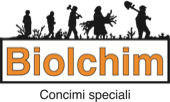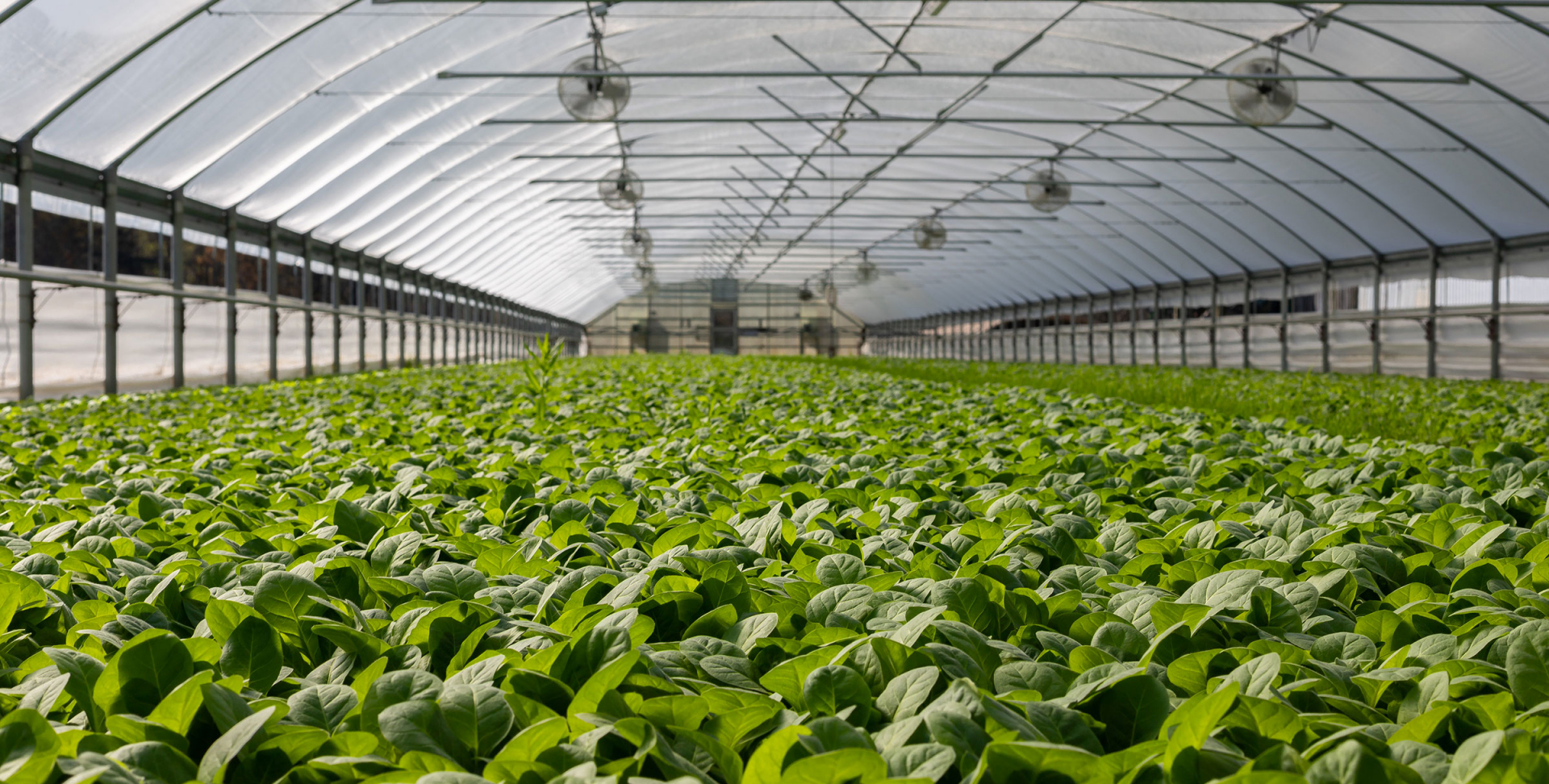Budding and flowering: the standardizing intervention
FOLICIST®, biostimulant by Biolchim, evens out budding and synchronises flowering
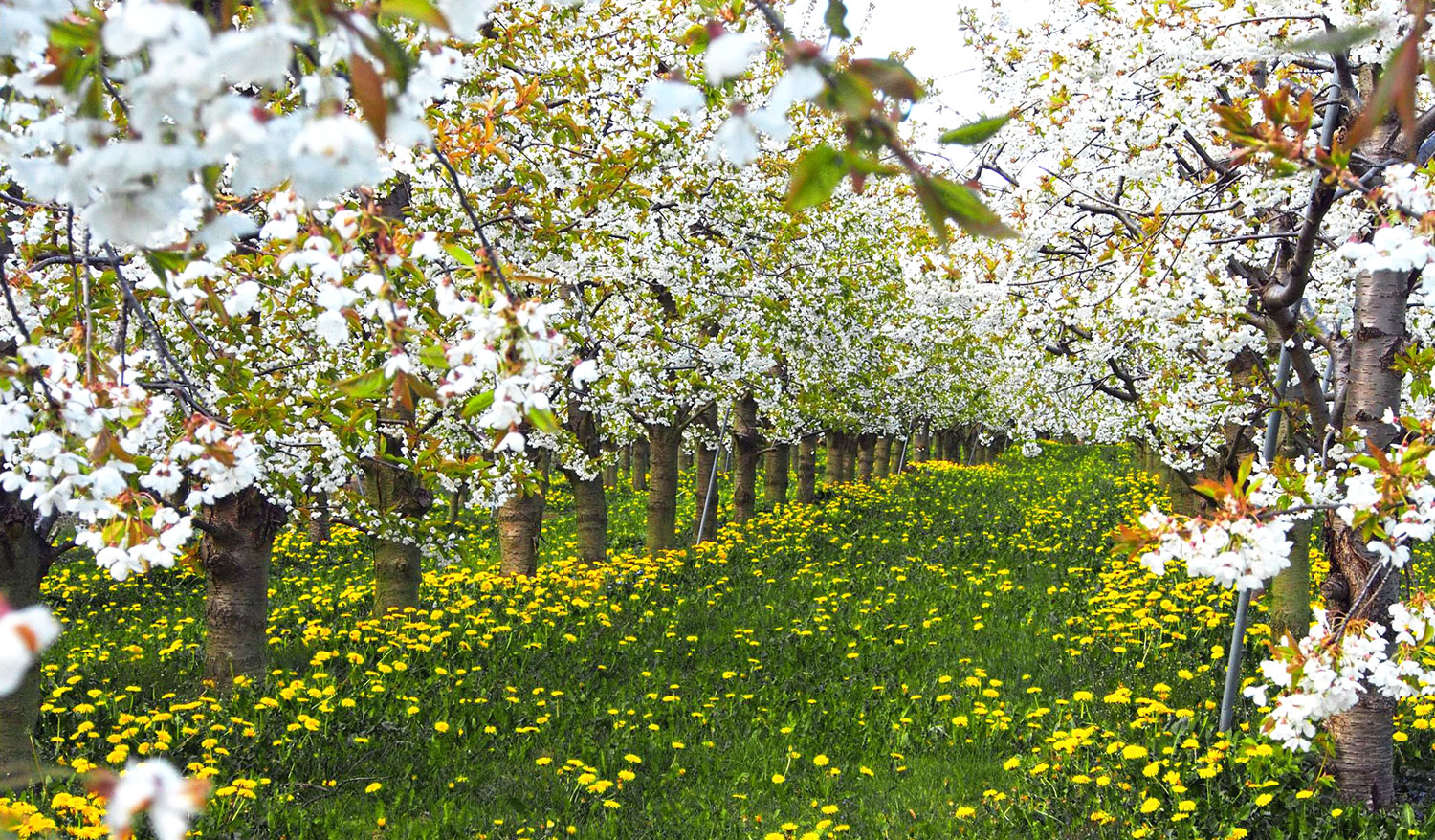
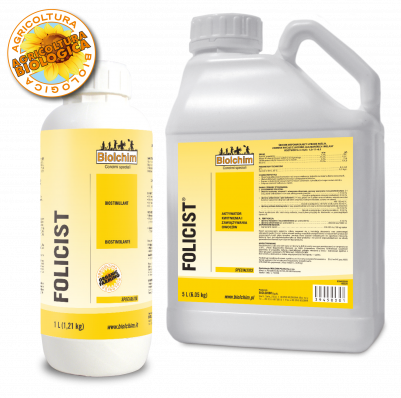
For fruit trees and vines, the opening of the buds represents the moment in which the growth balance of an entire crop cycle is outlined.
The way the plant sprouts and enters flowering will influence all stages of development, weighing heavily on quality and final production.
By applying FOLICIST® biostimulant, a biopromoter that is also allowed in organic farming, it is possible to balance and improve these delicate phases
The Effects of a Misaligned Start
Vegetative awakening almost never looks the way we would like. Due to climatic, environmental and physiological factors, bud opening in spring is often irregular.
At this time of the year, in fact, rains, temperature changes and frosts hit our countryside, finding the plants in a very delicate phase, characterized by a metabolism still in the process of reactivation. With these assumptions, it is easy to witness a sluggish and unbalanced vegetative recovery, with long and inconclusive from a generative point of view.
Therefore, fruit set, organoleptic characteristics of the fruit and homogeneity of ripening are penalized, with a consequent reduction in production potential and an increase in management and labor costs for harvesting.
Fruit crops: the limiting factors
In crops such as vines (wine and table vines) the main problem is often represented by the presence of blind buds, not open or firm in the cottony stage, which are usually located at the base of the shoot and in its central portion.
Equally frequent and difficult to manage is the phenomenon of apical dominance, i.e. a faster development of the shoots that are located in correspondence with the curvature of the slice and the pruning cut, due to greater lymphatic stagnation.
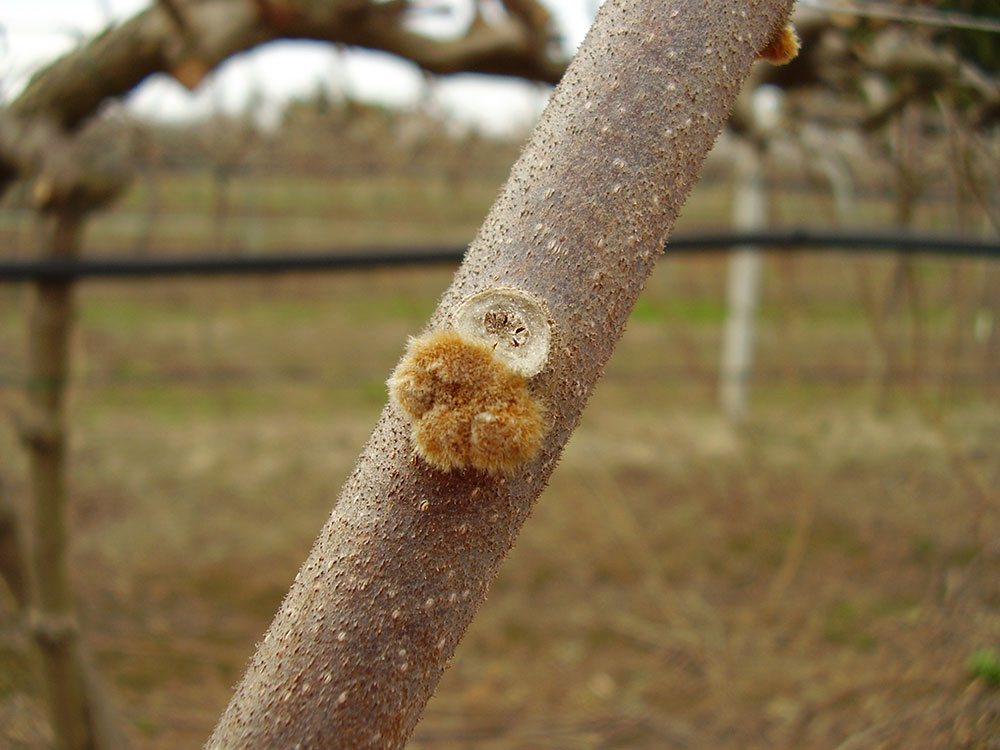
Stone fruit and pome fruit growers, on the other hand, are used to witnessing a misshaped opening of the flower buttons along the branches of the plant, having to note that many of these do not give rise to the fruit.
This occurs due to an incomplete formation of the reproductive structures or a lack of synchrony with pollinators, which affects the delicate process of fruit set.
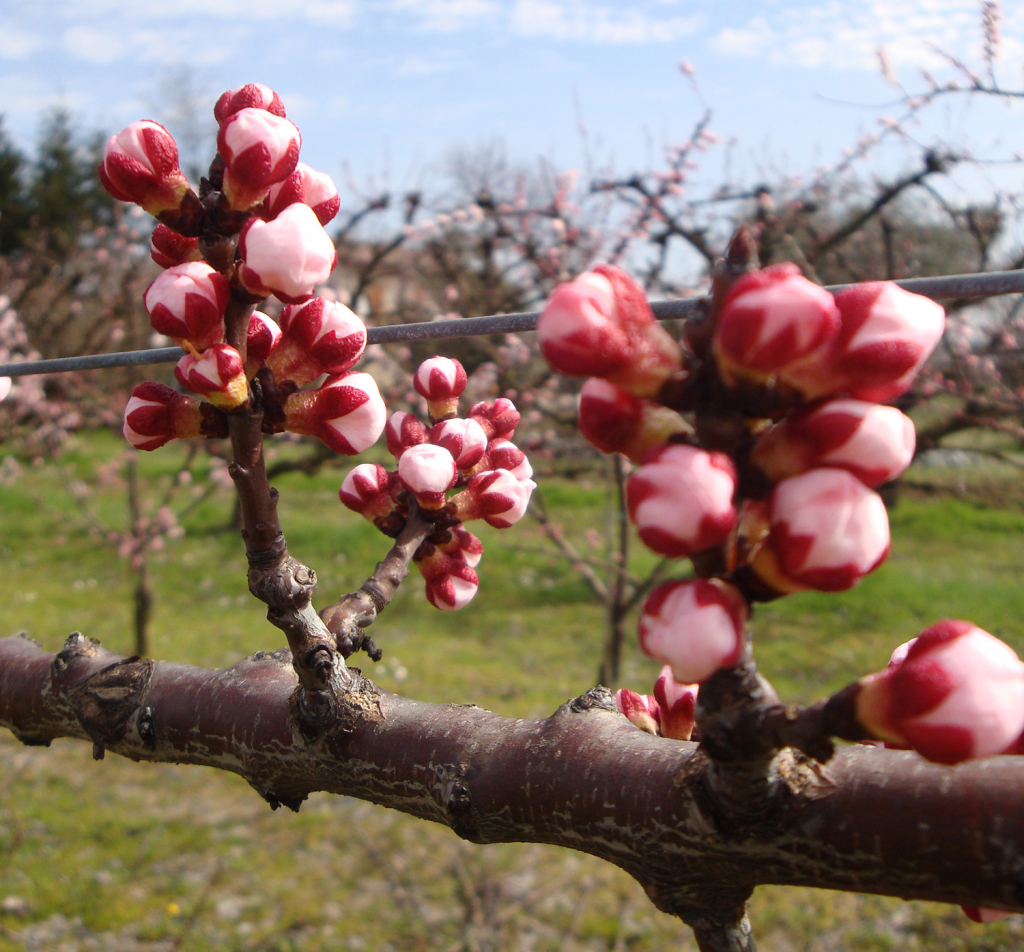
FOLICIST®, metabolic activator
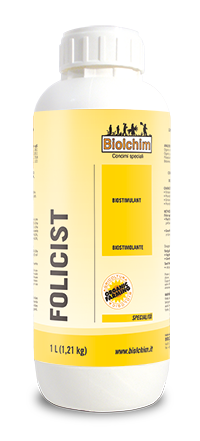
The solution to budding and flowering problems is FOLICIST® state-of-the-art biostimulant based on plant extracts and algae, also allowed in organic farming.
Thanks to its components, FOLICIST® provides the necessary energy substances to sustain the plant during the phenological phases characterized by high energy expenditure and intense cell multiplication (budding, flowering, fruit set). At the same time, FOLICIST® helps to overcome the abiotic stresses that can affect these moments.
Acting as a growth promoter and anti-stress biostimulant, FOLICIST® allows you to achieve an abundant and regular vegetative awakening, with positive effects on the entire crop cycle and production potential.
Development synchrony: the benefits
Thanks to the application of FOLICIST® biostimulant, it is possible to reduce apical dominance even on the most problematic plants, improving the development of shoots and the balance of the plant. The product also has a positive effect on the synchrony of flowering, which is especially essential for crops that need cross-pollination.
The beneficial effect on the primary metabolism of the plant and on the synchrony of development favors fruit set, increasing the production potential of the plants and improving the organoleptic characteristics of the fruits. The uniformity of ripening, which is only possible on plants that are well aligned in terms of fruit development, allows harvesting operations to be concentrated, saving time and labour costs.
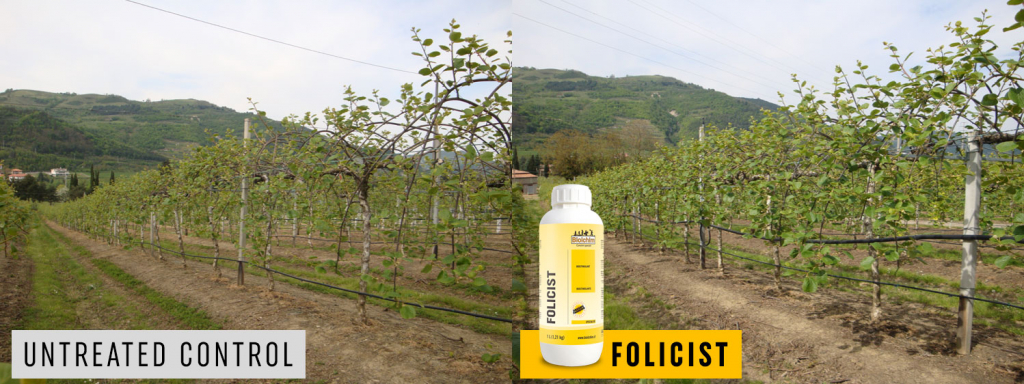
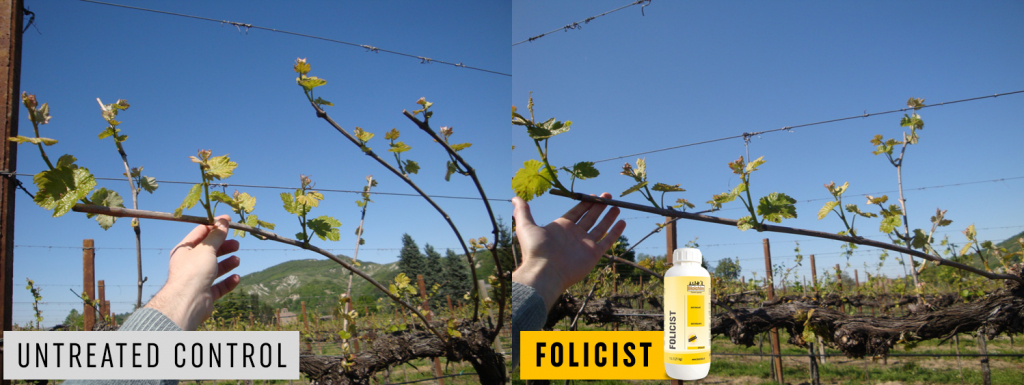
How and when to use it
FOLICIST® biostimulant can be applied on all crops where there is a need to promote a balanced vegetative awakening and also on plots where a dormancy switch has been used.
The application is carried out in the very early stages of budding and flowering, with the following methods.

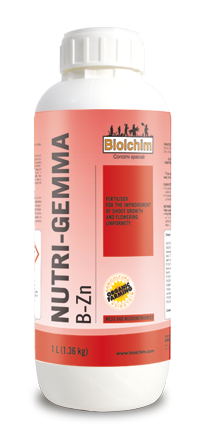
To prevent deficiencies in boron and zinc, which are essential for budding and flower fertility, it is advisable to add NUTRI-GEMMA B-Zn to the treatment at a dosage of 1.5 L/ha.



